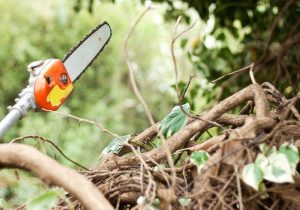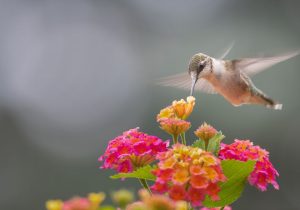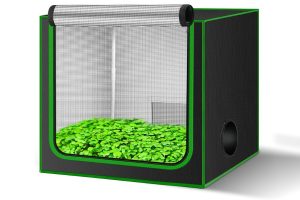Last Updated on September 13, 2024 by teamobn
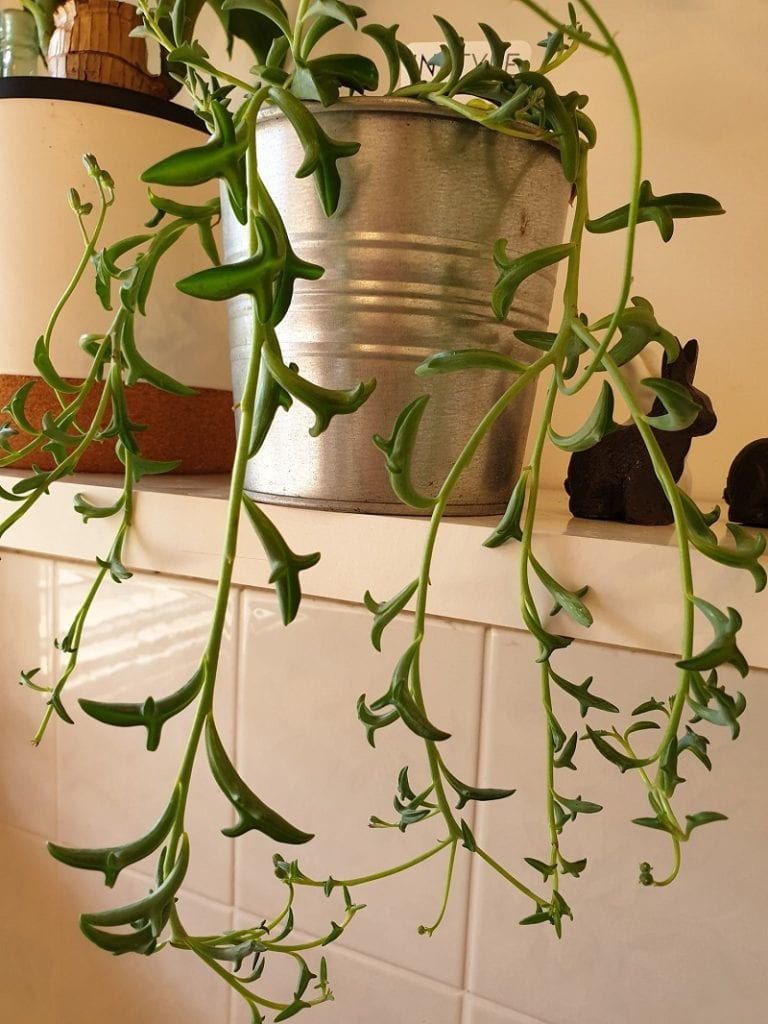
(Photo: Meganesia/Wikipedia)
When it comes to sheer charisma and whimsy, few plants can beat Senecio peregrinus. This succulent’s common name is the dolphin plant and it’s the internet’s newest green craze.
The name is an apt description of the adorable plant. They develop leaves that quite literally look like jumping dolphins!
A Succulent with a Decidedly Aquatic Charm
By some accounts, the dolphin plant is a cross between a hot dog cactus and a string of pearls. Their unusual leaf form has typical succulent stoutness.
Dolphin plants are a huge hit in Japan. Their cute appearance, combined with the fact that they require little maintenance, makes it easy to see why.

Growing dolphin plants may be the closest thing you can come to having a pod of the aquatic mammals in your home!
While you’ll be hard put to find the plant in your typical nursery, many specialty growers offer them online.
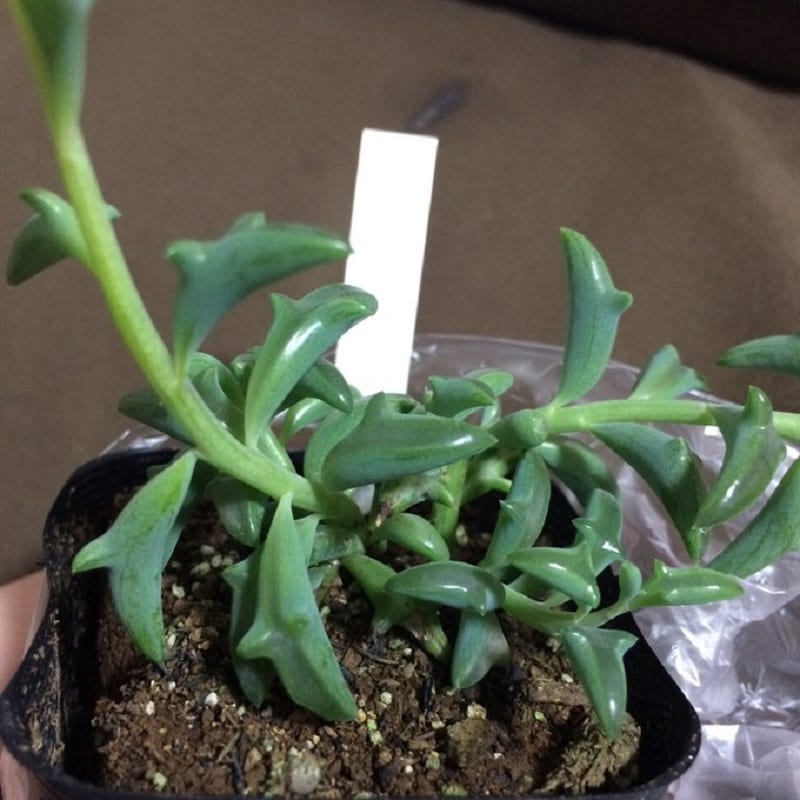
Caring for Dolphin Plants
Dolphin plant care is quite easy. The succulent has few pest or disease problems. Spider mites may be a concern, as are mealybugs in certain climates.
Diseases are
usually confined to fungal problems, which can be prevented by correct
watering, well-draining potting soil, and a container that drains excess
moisture.
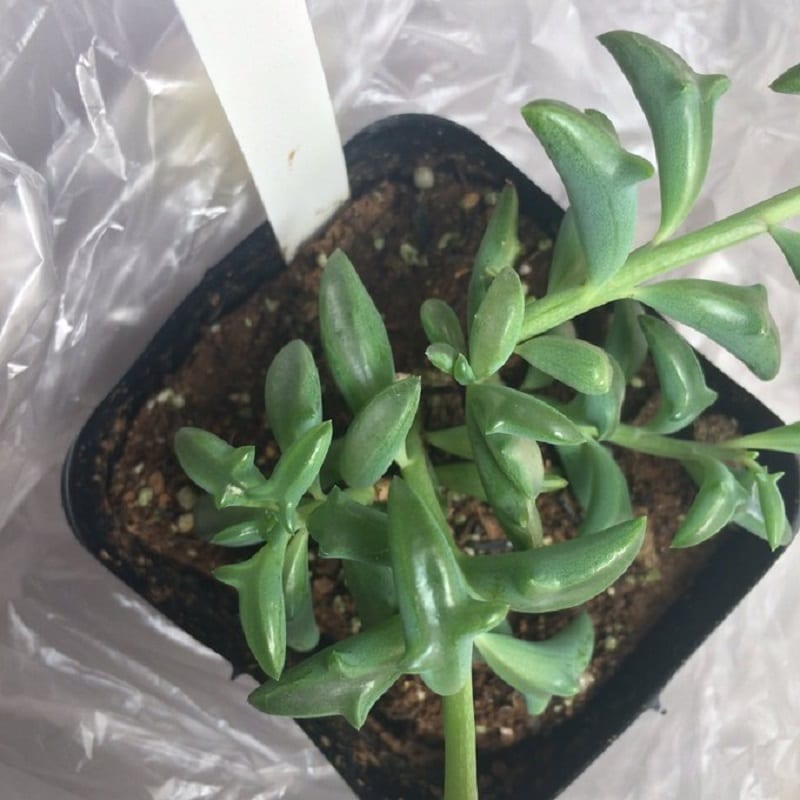
(Photo: Kao77Neko/Twitter)
Proper Watering
Like all succulents, these plants are tolerant of periods of dryness. However, you should always keep them moist enough to keep the leaves from wrinkling.
On average, the plants need to be watered once a week in the growing season. You should water only once a month during the plant’s dormant period in winter.
Older stems tend to arch and droop. This is because they hold the chubby little leaves that store moisture. If you are lucky, they may even produce small, pink flowers.
Dolphin plants do better in slightly crowded conditions. In fact, we think they would be charming when mixed with other smaller succulents in a terrarium – perhaps with accents like seashells and seahorses!

